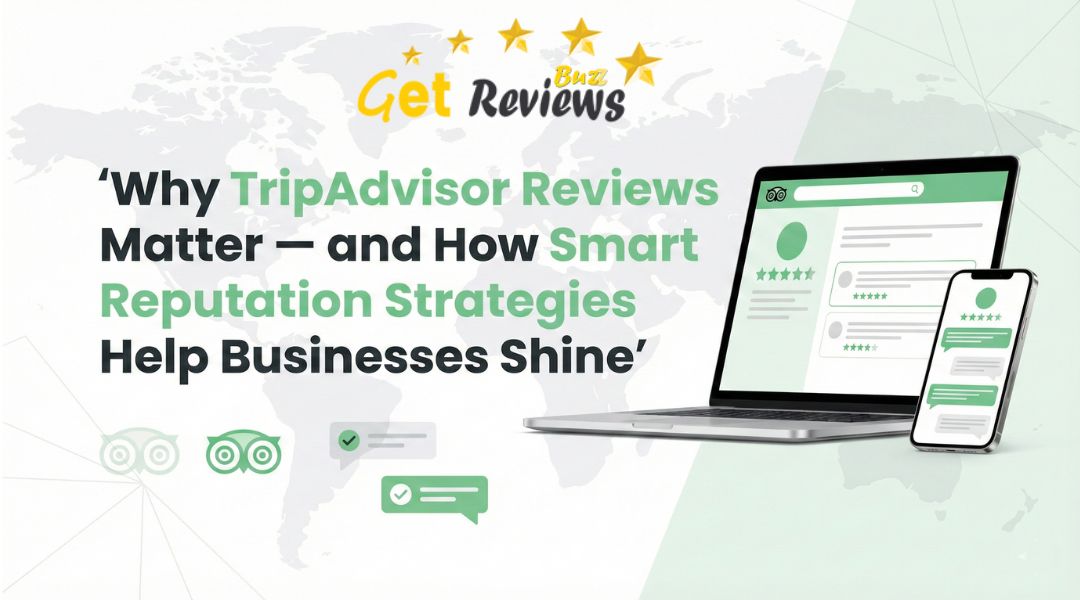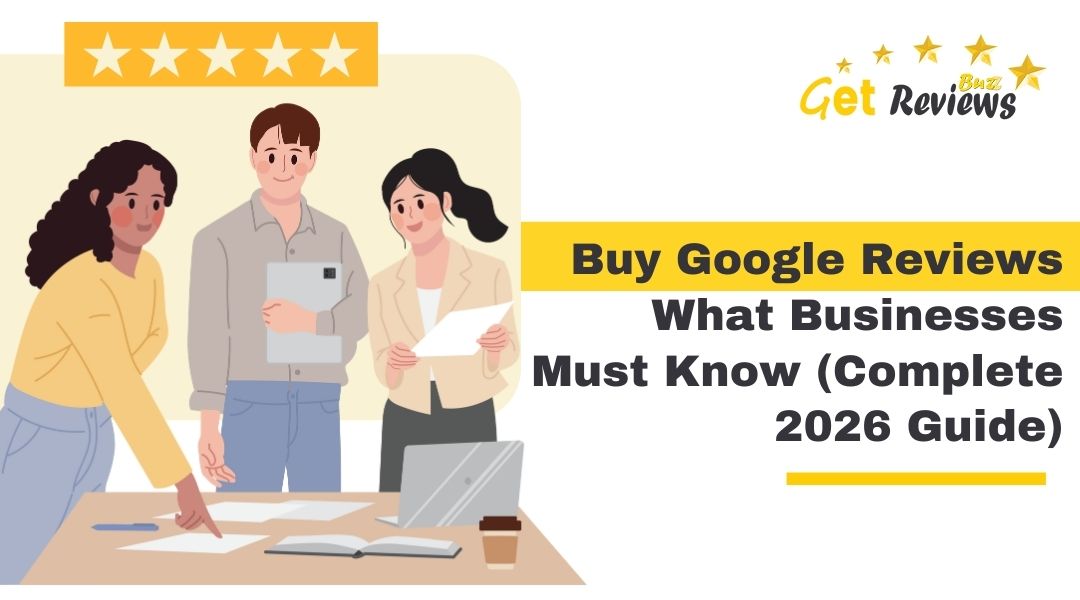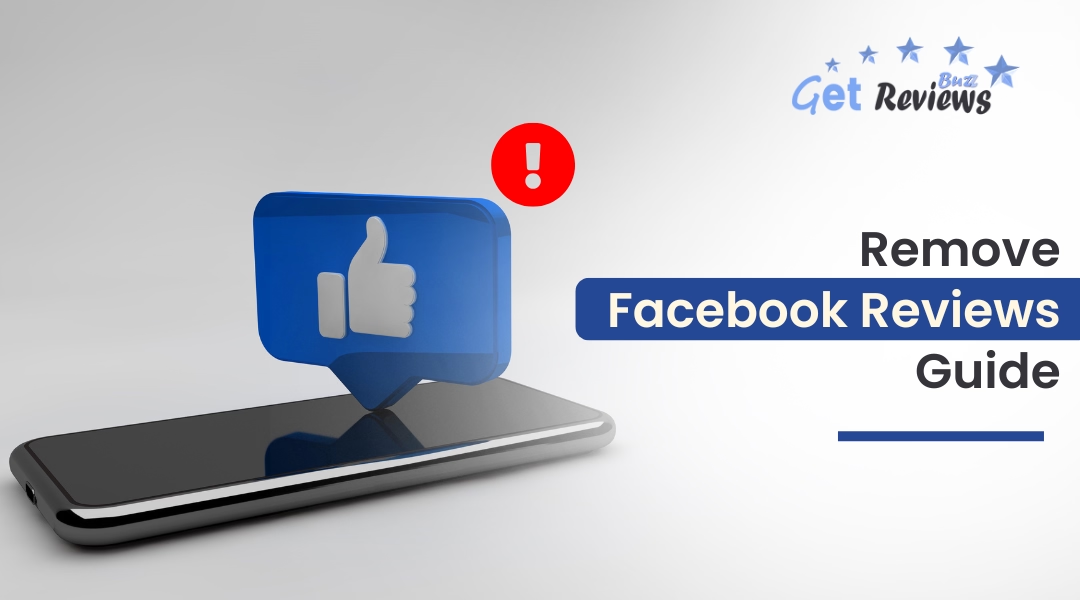You have your website up and running, but you aren't sure how to drive traffic to it? Don't worry, you're not the only one. There's a lot of information about improving traffic, so it's hard to decide what works and what doesn't. This article doesn't cover all methods for increasing traffic. Instead, it focuses on the proven strategies to increase website traffic, generate more leads, and improve your return on investment.
How to drive traffic to your website
Identify topics that are likely to generate search traffic
It is clear that search engine optimization (SEO) is one of the most efficient methods of achieving long-term results. Your site will continue to experience organic traffic as long as you rank highly in Google. If you want to succeed, you have to write about topics that people are interested in. Otherwise, you will not attract any search traffic.
Here's a quick tip: Search for low-competition, high-volume keywords
Join the conversation
You must be proactive instead of just producing great content and hoping people will find it. Promoting your content on social media is a great way to increase website traffic. You can use Twitter for short, snappy (and tempting) links, while Google My Business posts help your website rank in local search results. A company selling a B2C product might have great success with image-heavy social sites such as Instagram and Pinterest.
Consider On-Page SEO
Do you believe SEO is dead? Rethink that. There is still value in search engine optimization. How are you using image alt texts? Would you be able to create links to new content within your site? Would you be able to create meta descriptions? The process of optimizing for on-page SEO doesn't need to take a long time, and it could increase organic traffic.
Also, pay attention to Internal Links!
You can include your own links in your content through internal linking. Consider the case where you sell business courses and write a blog about them. Mention your service page in your blog. You can provide your readers with more information about business courses via the links you have provided in your blog since they are already interested in them. As a result, your website will rank higher on Google, as you will see that the same user visited different pages of your site. In addition to becoming more familiar with your website, internal links help Google rank your website better.
Invest in local search engine optimization
Local SEO services are important if you own a brick-and-mortar business. To provide the best local results to users, search engines use signals such as local content, social profiles, links, and citations. A user's location is used when searching for "best soul food restaurant" on Google, for example. Businesses can manage their directory listings and citations through tools such as Google My Business and Moz Local to appear in local search results. Ranking for local searches can be improved by following the following tips:
Build an email list You can increase website traffic by using your existing readers and customers. Your followers/subscribers can be notified when a new blog or content offer is available. In order to boost traffic quickly, you can announce a new blog or content offer to your subscribers and followers. Build an email list, or grow the one you already have. Here are some strategies to consider:
Identify and target Long-Tailed Keywords Do you have a list of high-intent keywords and popular keywords? If so, you should target long-tail keywords as well. Most searches on the web are long-tail keywords, which means you are losing out if you don't target them through paid search or SEO.
Publish guest posts
Bloggers who guest blog on other blogs are called "guest bloggers.". Usually, the editors/site owners will allow you to link back to your blog.
Among the benefits are: The process is time-consuming and tedious. In addition, if everyone follows the same process, all opportunities are found. Consequently, editors of these sites often receive more pitches than they can handle, and so ignore a large percentage of them. Is there a better way to resolve this issue? Yes, work with us! Let us take care of this. We publish guest posts on sites with high domain authority and page rank.
Paid advertising is an option to consider if you want to increase website traffic With paid advertising, you can quickly increase website traffic. Pay-per-click and retargeting ads can be run with search engines. Advertisers can run ads on social media and through sponsored posts. Most likely, your advertising plan will include a combination of social media, display, and search ads.
Now is the time to increase website traffic! While driving traffic is a never-ending task, it's also one that produces results for a long time. You have a lot of options for making it easy for your customers to find your website, all you have to do is discover which one works best for your company. You can see significant traffic growth if you implement one of these methods in your next quarter's demand generation strategy. There are ways to get immediate website traffic. The only thing you need is some marketing strategies, some knowledge, and a lot of effort. The last resort is to outsource your marketing to a firm that can take your website to another level.
Ready to increase your website traffic? Talk to our experts!



























.jpg)




